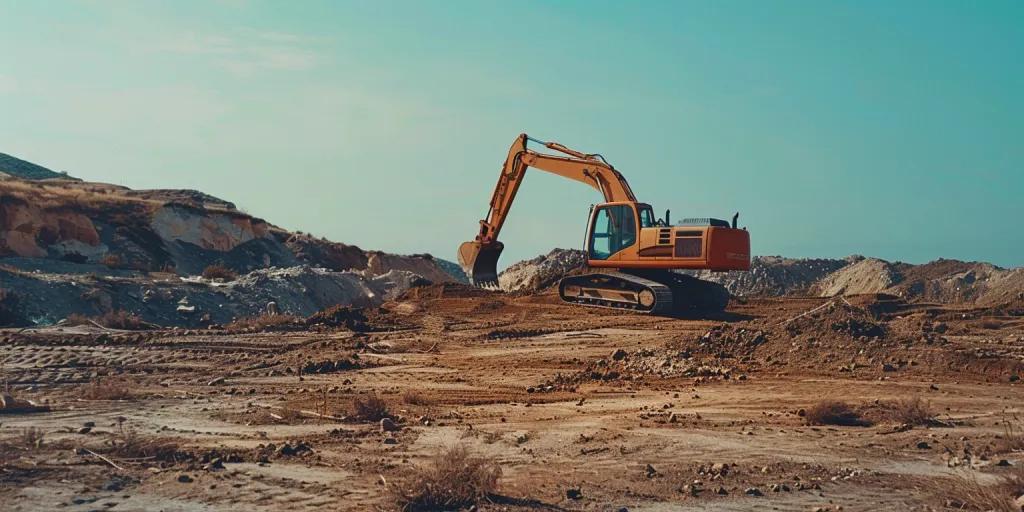Excavators are more than just machinery; they are the backbone of construction, mining, and many other industries. Their versatility and efficiency have made them indispensable on any job site. This article aims to explore the world of excavators, shedding light on the aspects that matter most to users. From their types and uses to the latest technological advancements, we will delve into what makes these machines tick and how they continue to evolve to meet the demands of modern projects.
Table of Contents:
– What makes excavators indispensable in construction
– Types of excavators and their specific uses
– Technological advancements in excavator design
– Operating an excavator: Skills and safety
– Future trends in excavator technology
What makes excavators indispensable in construction
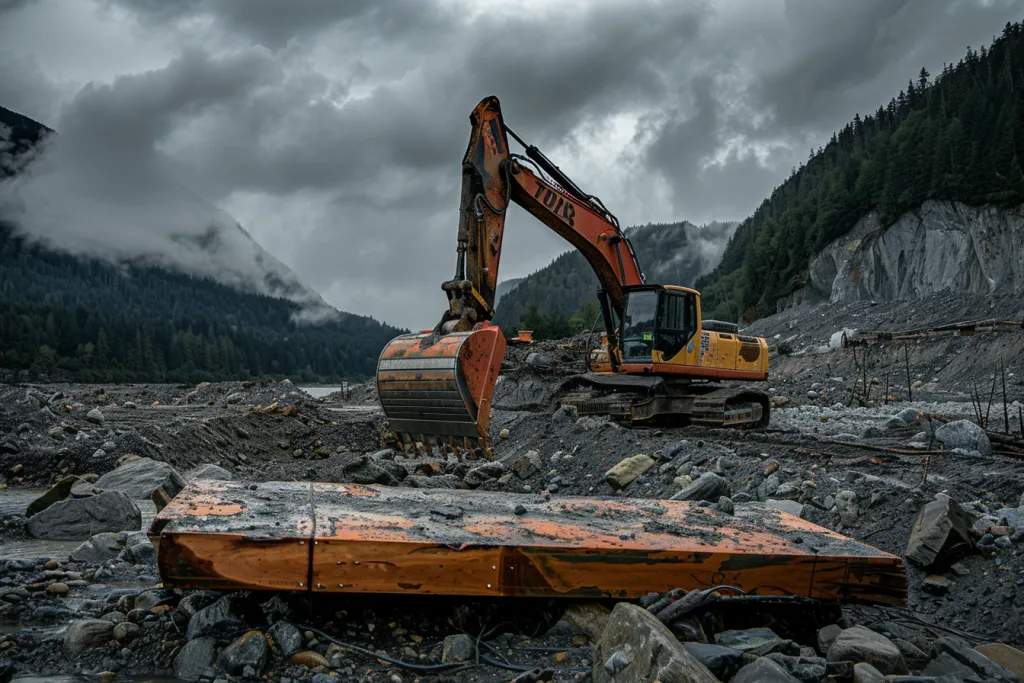
Excavators have become synonymous with construction due to their unmatched versatility and power. These machines are designed to perform a variety of tasks, from digging trenches and breaking holes to lifting waste and excavating mines. Their significance in construction stems from their ability to accomplish tasks that would be impossible or significantly more time-consuming for human workers.
The efficiency of excavators is another reason for their indispensability. With the ability to move large amounts of earth quickly and precisely, they significantly reduce project timelines. Furthermore, the adaptability of excavators, equipped with different attachments, allows them to undertake multiple roles on a construction site, from drilling to demolition, making them a cost-effective solution for project managers.
Moreover, the evolution of excavator design has led to the development of models that can operate in various environments, from urban settings requiring compact solutions to large-scale mining operations. This adaptability further cements their role as a cornerstone of modern construction projects.
Types of excavators and their specific uses
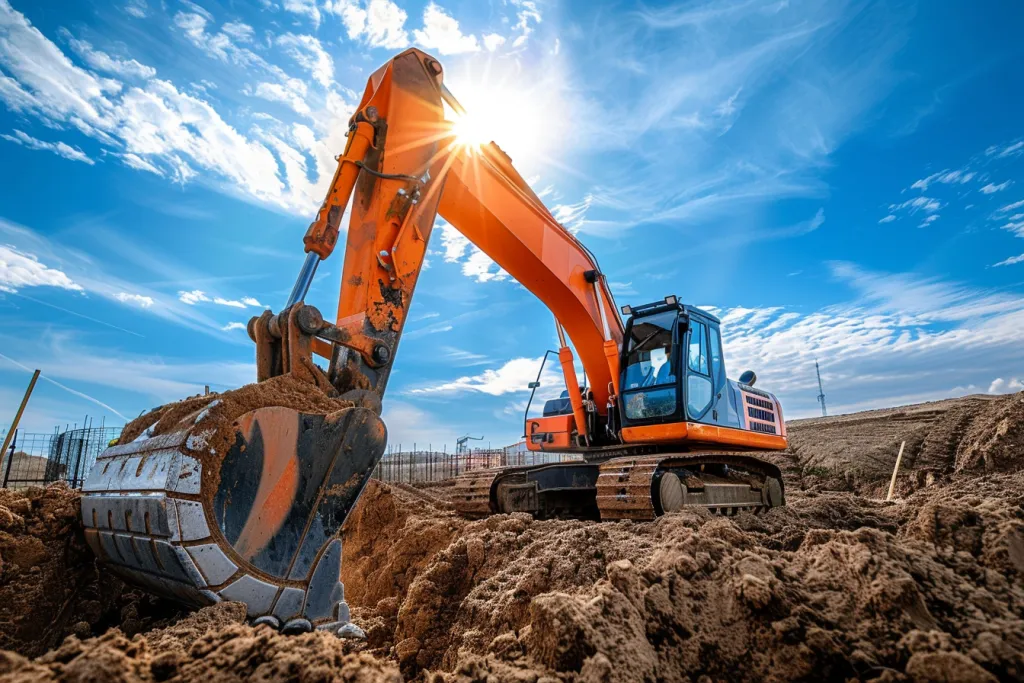
Excavators come in a myriad of types, each designed for specific tasks and environments. The most common types include crawler, wheeled, mini, and long-reach excavators. Crawler excavators, known for their track system, offer superior stability and are ideal for grading hilly landscapes. Wheeled excavators, on the other hand, provide mobility and speed, making them perfect for urban projects where quick relocation is necessary.
Mini excavators are tailored for tight spaces and smaller projects, such as residential landscaping or minor demolition tasks. Their compact size allows them to navigate narrow areas without compromising on power. Long-reach excavators, with their extended arm, are designed for projects requiring work in hard-to-reach areas, such as deep trenches or over water bodies.
Selecting the right type of excavator for a project depends on several factors, including the job site’s terrain, the nature of the tasks, and the project’s scale. Understanding the specific uses and capabilities of each type of excavator can significantly impact the efficiency and success of a project.
Technological advancements in excavator design
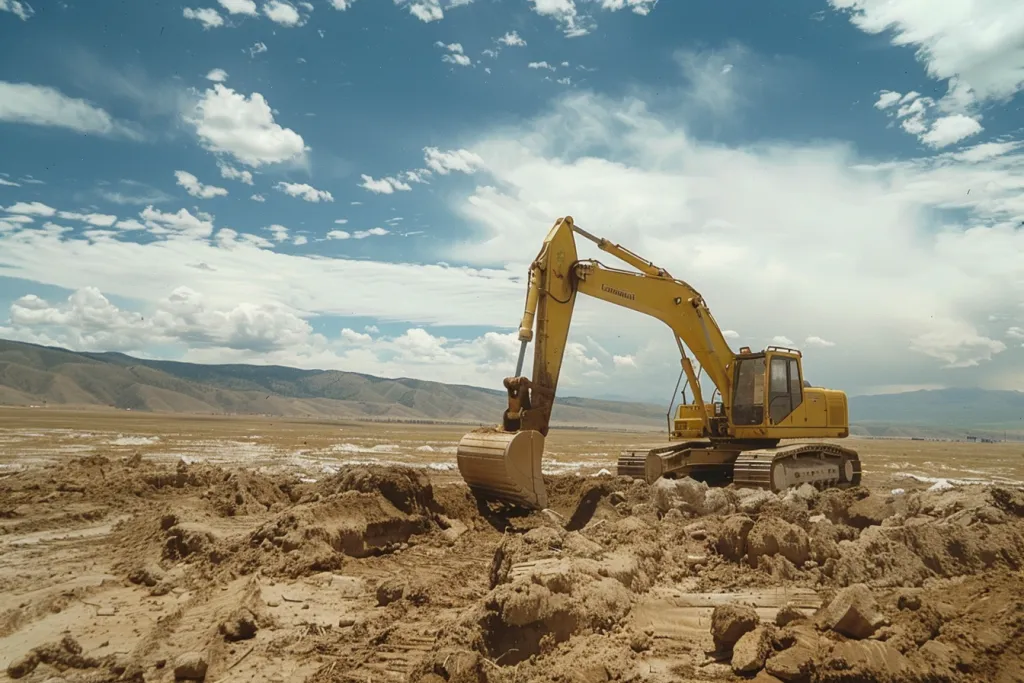
The world of excavators is not immune to the rapid pace of technological advancement. Recent years have seen significant innovations in excavator design, aimed at increasing efficiency, reducing environmental impact, and enhancing safety. One notable advancement is the development of hybrid excavators, which combine traditional diesel power with electric or hydraulic energy storage, resulting in lower fuel consumption and reduced emissions.
Automation and robotics have also made their way into excavator technology. Some models now feature semi-autonomous systems that allow for precise digging and grading, reducing the workload on operators and increasing safety on job sites. GPS and 3D mapping technologies enable excavators to operate with unprecedented accuracy, further enhancing their efficiency.
Moreover, manufacturers are focusing on improving the comfort and ergonomics of the operator’s cabin, recognizing that operator fatigue can significantly impact productivity and safety. Advanced suspension systems, better visibility, and intuitive controls are just a few of the improvements that have been made in recent models.
Operating an excavator: Skills and safety

Operating an excavator requires a unique set of skills and a strong emphasis on safety. Operators must be proficient in the machine’s controls and understand the mechanics of excavator operation. This knowledge ensures that tasks are completed efficiently and accurately. Additionally, operators must be aware of their surroundings at all times to prevent accidents, particularly in crowded or complex job sites.
Safety training is paramount for anyone operating an excavator. Familiarity with the machine’s safety features, adherence to operational guidelines, and the use of personal protective equipment are all critical components of safe excavator operation. Regular maintenance checks are also essential to ensure that the excavator is in good working condition, further minimizing the risk of accidents.
Moreover, the role of technology in enhancing safety cannot be overstated. Features such as automatic hazard detection and collision avoidance systems are becoming more common in modern excavators, providing an additional layer of safety for operators and other workers on the job site.
Future trends in excavator technology
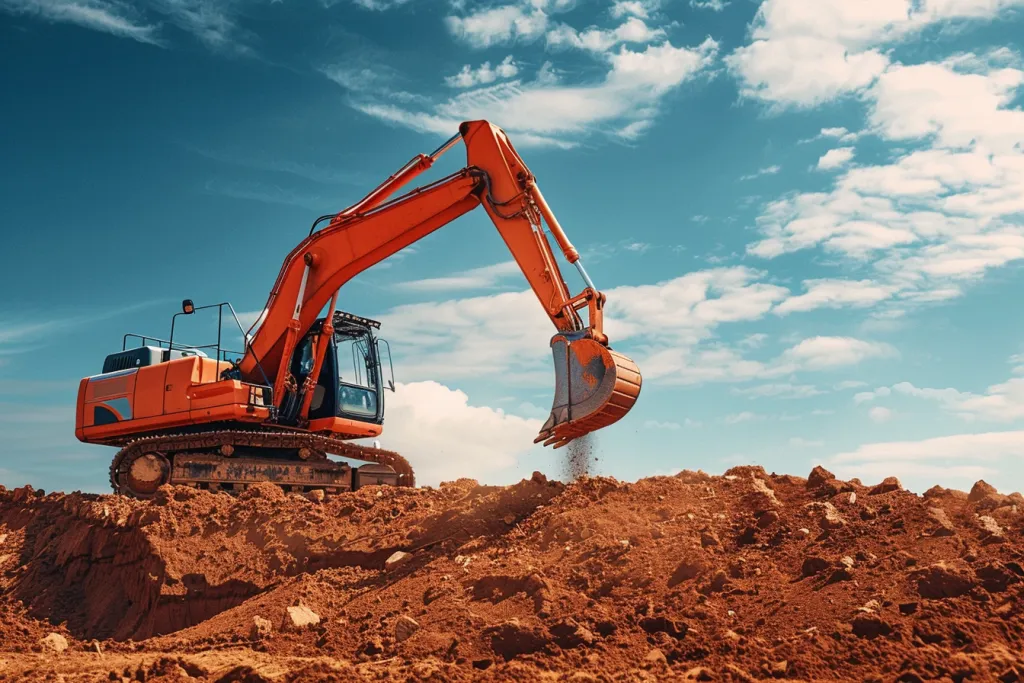
The future of excavators is poised for exciting developments, driven by advancements in technology and a growing emphasis on sustainability. Electric excavators, which produce zero emissions, are expected to become more prevalent as the industry moves towards greener alternatives. These machines not only benefit the environment but also offer lower operating costs and reduced noise levels, making them ideal for urban construction projects.
Autonomous excavators are another area of development, with the potential to revolutionize the construction industry. These machines can operate without human intervention, relying on advanced sensors, artificial intelligence, and machine learning algorithms to perform tasks. The adoption of autonomous excavators could significantly increase productivity and safety while addressing the skilled labor shortage facing the industry.
Furthermore, the integration of Internet of Things (IoT) technology in excavators will enable real-time monitoring and data analysis, allowing for predictive maintenance and optimized performance. This connectivity will ensure that excavators operate at peak efficiency, further enhancing their role in modern construction.
Conclusion:
Excavators are at the heart of construction and infrastructure development, their importance underscored by their versatility, efficiency, and continuous evolution. As we look to the future, technological advancements promise to make excavators even more indispensable, with innovations aimed at improving efficiency, safety, and sustainability. Understanding these machines’ capabilities and developments is crucial for anyone involved in construction, mining, or any field where excavators play a pivotal role. As we continue to push the boundaries of what these powerful machines can do, the possibilities are as vast as the terrains they navigate.
